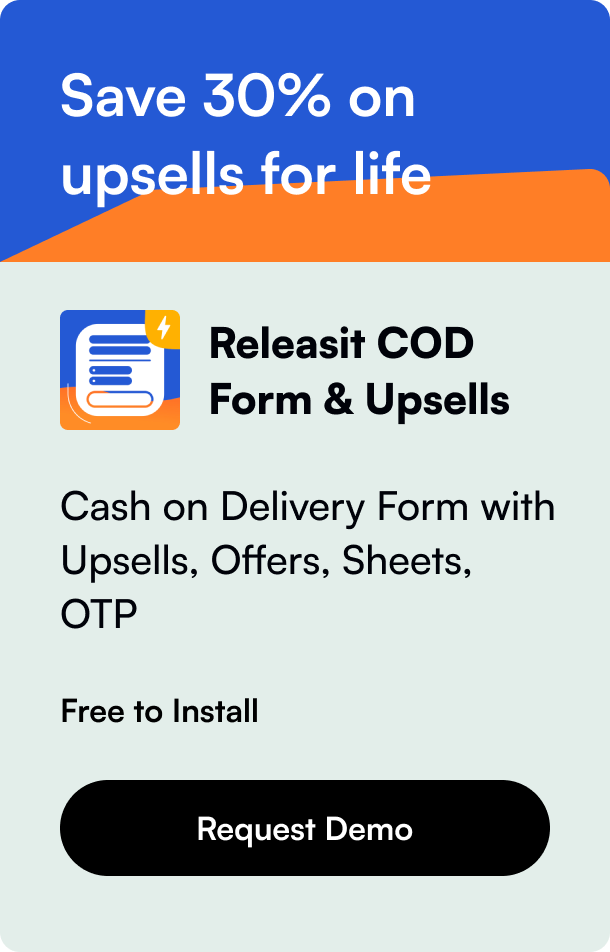Table of Contents
- Introduction
- The Importance of Seamless Payment Integration
- Step 1: Preparing for the Change
- Step 2: Deactivating the Current PayPal Account
- Step 3: Integrating the New PayPal Account
- Step 4: Verifying Integration and Testing
- Tips for a Seamless Transition
- Conclusion
- Frequently Asked Questions (FAQs)
In the bustling world of online commerce, ensuring a smooth and efficient payment process can significantly enhance both customer satisfaction and your store's operational efficiency. For Shopify store owners, integrating PayPal as a payment gateway is a pivotal step toward achieving this goal. This guide delves into the nuances of changing your PayPal account in Shopify, offering detailed insights and step-by-step instructions to streamline payment processing for your online store.
Introduction
Have you ever pondered the implications of a smooth payment process in e-commerce success? A seamless transaction not only cultivates trust among customers but also solidifies the foundation for repeat business. Among the plethora of payment gateways available, PayPal stands out for its global recognition, security features, and ease of use. However, as businesses evolve, the need to switch the PayPal account linked to a Shopify store might arise. Whether it's due to business restructuring or simply optimizing finances, understanding how to change your PayPal account in Shopify is crucial. This guide not only walks you through the process step by step but also emphasizes optimizing your store for maximum benefit post-update.
The Importance of Seamless Payment Integration
Before delving into the technicalities, let's grasp the significance of smoothly integrating your PayPal account with Shopify. A well-implemented payment gateway:
- Enhances Trust: Customers are more likely to complete purchases when familiar and trusted payment options are available.
- Improves Conversion Rates: A decrease in checkout friction leads to fewer abandoned carts.
- Facilitates Global Reach: PayPal's widespread acceptance and multi-currency support can open up international markets for your store.
- Secures Transactions: With advanced encryption and fraud protection measures, PayPal ensures that both you and your customers' data remain secure.
Step 1: Preparing for the Change
Before initiating the switch, ensure that your new PayPal account is a business account, as this is a prerequisite for integration with Shopify. If you haven't upgraded yet, visit PayPal’s website and follow the prompts for upgrading to a business account. Ensure that all pertinent business information, such as bank details and business contact information, is updated and accurate.
Step 2: Deactivating the Current PayPal Account
- Log in to your Shopify admin dashboard.
- Navigate to
Settings>Payment providers. - In the PayPal section, you'll find an option to "Deactivate" or "Manage." Click on it.
- Confirm the deactivation. This step removes the current PayPal integration from your Shopify store but worry not, this is a necessary step to switch accounts.
Step 3: Integrating the New PayPal Account
Once the existing account is deactivated:
- In the same
Payment providerssection, you will see the option to activate PayPal again. - Choose “Activate PayPal Express Checkout” or the applicable PayPal service for your store.
- You'll be prompted to log in to your PayPal account—ensure you log in with the new business account you intend to link.
- Follow the on-screen instructions to grant Shopify the necessary permissions to your PayPal account.
Step 4: Verifying Integration and Testing
With the new account integrated, it's pivotal to conduct a few test transactions to ensure everything is functioning as expected. This step verifies that:
- Transactions are smoothly processed through the new PayPal account.
- There are no unexpected delays or errors during checkout.
- Refunds and cancellations can be managed directly from Shopify.
Tips for a Seamless Transition
- Inform Your Team: Make sure any stakeholders or team members managing finances or customer service are aware of the change.
- Monitor Transactions Closely: Keep an eye on your transaction log in both Shopify and PayPal immediately after the switch to catch any discrepancies early.
- Update Business Information: If your business details have changed, update this information in both your Shopify and PayPal accounts to avoid any conflicts or payment holds.
Conclusion
Switching your PayPal account in Shopify is a straightforward process that can be easily navigated with the right information and preparations. By following the steps outlined in this guide, you can ensure a smooth transition with minimal impact on your store's operations and customer experience. Remember, the goal is not just to change your payment processing details but to leverage the potential of a trusted payment gateway like PayPal to grow and secure your e-commerce business.
Frequently Asked Questions (FAQs)
-
Will changing my PayPal account affect my store’s sales? Changing your PayPal account should not directly affect your sales as long as the process is done correctly and tested thoroughly.
-
Can I use the same email for my new PayPal business account? It's recommended to use a separate email for each PayPal account for easier management and security purposes.
-
How long does the integration process take? The process can be completed within a few minutes, but it's wise to allocate extra time for testing and verification.
-
What if I encounter issues during integration? Shopify and PayPal both offer extensive support resources. It's advisable to contact their customer service for assistance.
-
Can I switch back to my old PayPal account? Yes, the process for switching back is the same as changing to a new account. Always ensure you're making changes that best suit your business needs.
By maintaining a customer-centric approach and ensuring your e-commerce platform offers the best possible payment experience, you set the stage for enduring business success.








